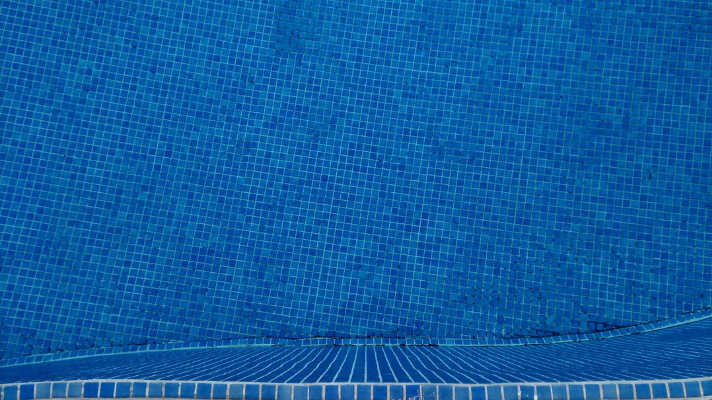Swimming is the most popular recreational activity for children and teens aged 7 to 17. You can help your children enjoy this activity in the comfort of your home with the installation of a fiberglass pool. Fiberglass swimming pools are molded, handcrafted pools that arrive at your home to be installed in your yard. Fiberglass is created from interwoven glass threads coated with a polyester resin. This sturdy material is an outstanding choice for an inground pool, as it requires less maintenance than a concrete pool. Once you decide on fiberglass pool ownership, how can you effectively maintain your pool once it’s installed? The following three tips will give you the best course of action for caring for your new pool:
Basic Fiberglass Pool Maintenance
Fiberglass pool kits are crafted of high-quality materials and come in a variety of sizes and shapes. Fiberglass pools are also maintenance-friendly and require fewer chemicals than their cement counterparts. The key is to clean your pool regularly, with products made for fiberglass pools, check the water chemistry, run the pool filter, and check water levels. These are the standard maintenance practices for fiberglass pools.
Cleaning Your Pool
The gel coat surface of fiberglass pools are nonporous, so algae won’t be a threat. This means less brushing is required. Leaves or bugs can be taken care of with a skimming net, as well as a pool vacuum. This is an easy way to do daily cleaning of the pool without a cleaning service. Typically, the fiberglass pool cleaning process requires the use of gentler cleaning products. Abrasive cleaners can damage the gel coat on the pool, as well as change water chemistry. A damp cloth and pool cleaner can remove excess dirt without damaging the coat. Concrete pools require a much more intensive cleaning process, such as acid washing. Again proving the ease of fiberglass pool ownership.
It’s All About Chemistry
Fiberglass pool water constantly changes. Dirt and oil can affect the pool water balance. Water in a fiberglass pool doesn’t need to be changed for years, as continuous filtration and disinfection remove contaminants. However, this filtration system alone doesn’t keep the water balanced. A pool that is balanced has the right levels of pH, total alkalinity, and calcium hardness. Water will dissolve minerals until it becomes saturated and cannot hold any more minerals. When water is less saturated, it can become corrosive. That’s why maintaining a balance is imperative. How can you tell if your water is over or under saturated? A proper test kit is required to measure the chemical parameters of pH, alkalinity, and calcium hardness. Regular testing, along with other maintenance, will keep your pool in top condition in the future.
Pool Filtration and Water Levels
Fiberglass pools require one circulation daily to keep the water clean. This is very cost-effective as it saves on electricity, another benefit of fiberglass pool ownership. So how much water should be in your pool? All pools require a certain amount of water in them to avoid coming out of the ground. Water levels in your fiberglass pool should be above the skimmer at any given time. This provides enough weight to balance the pressure coming from the groundwater.
Fiberglass is the top material for sinks, hot tubs, and boats. This makes fiberglass the best choice material for an inground pool. The best pool companies can provide you with more information about the installation process of your new pool, such as timeframe, cost, and other details. Once you’ve decided for a quality pool installation, you will see the return on your investment for years to come.

